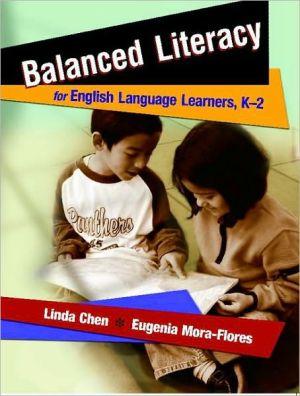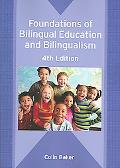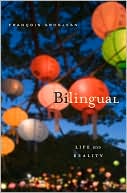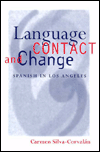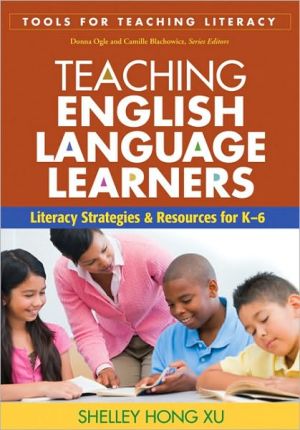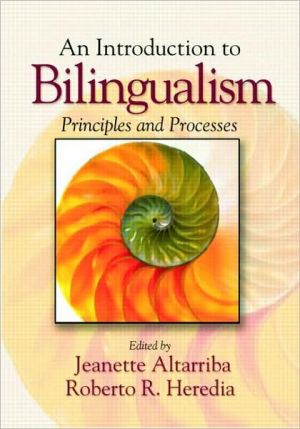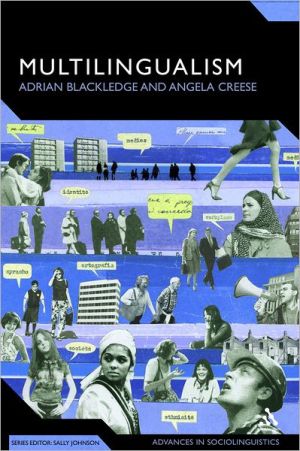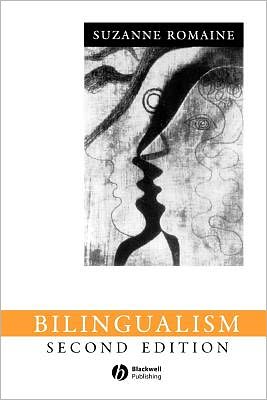Balanced Literacy for English Language Learners, K-2
If your classroom has English Language Learners (ELLs), and whose doesnt, youve probably wondered whether the literacy methods youve used successfully with English speakers can work for nonnative speakers. Yes, they do, and in Balanced Literacy for English Language Learners, K-2, youll find out why they work and what adaptations you need to make to ensure that ELLs fully develop their reading and writing abilities. Linda Chen and Eugenia Mora-Flores examine how to lead ELLs toward...
Search in google:
If your classroom has English Language Learners (ELLs), and whose doesn t, you ve probably wondered whether the literacy methods you ve used successfully with English speakers can work for nonnative speakers. Yes, they do, and in Balanced Literacy for English Language Learners, K-2, you ll find out why they work and what adaptations you need to make to ensure that ELLs fully develop their reading and writing abilities. Linda Chen and Eugenia Mora-Flores examine how to lead ELLs toward independence through basic frameworks and techniques you know and may already teach with. Their integrated, comprehensive approach focuses on seven specific aspects of balanced instruction that help students learn, expand, and extend their literacy skills, including: -interactive read-aloud -emergent story book read-aloud -shared reading -reading workshop -writing workshop -guided reading -word work Through transcripts, lesson ideas, and vivid classroom descriptions Chen and Mora-Flores show you how to plan for and adapt your literacy lessons to meet the needs of ELLs as well as what aspects of your existing curriculum may already support them. In addition, they make explicit and accessible the research and literacy and language development theories that make the balanced literacy approach work. Balanced Literacy for English Language Learners, K-2, is thoroughly practical, grounded in the latest research and theory, applicable in all English-based classroom settings, and full of great ideas for veteran, novice, and preservice teachers. With emphases on scaffolding learning across the day and the use of specific, familiar instructional strategies, it offers best practice strategies for helping little children take big steps into a new language.
IntroductionAcknowledgmentsChapter 1Language Development1Chapter 2Literacy Development14Chapter 3Putting the Essential Elements of Literacy in Place Across the Day22Chapter 4Interactive Read-Aloud32Chapter 5Emergent Storybook Read-Aloud51Chapter 6Shared Reading64Chapter 7Independent Reading Workshop87Chapter 8Writing Workshop114Chapter 9Guided Reading144Chapter 10Word Work160Concluding Thoughts185AppendixesAAcademic Language Functions and Forms187BBloom's Taxonomy190CCloze Procedures for Teaching Cueing Systems191DGraphic Organizers for Developing Language and Literacy192ELiterary Genres205FLearning Center Activity Cards208GWord Sorts214Works Cited217Index221
